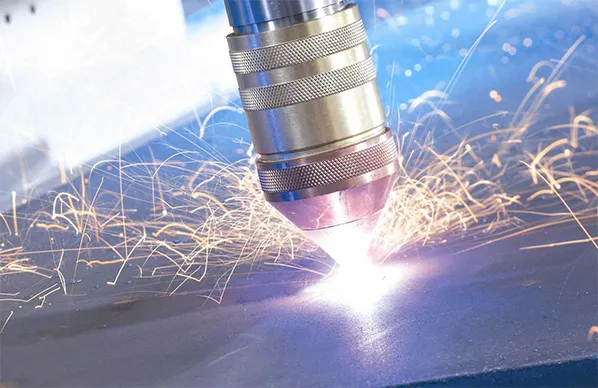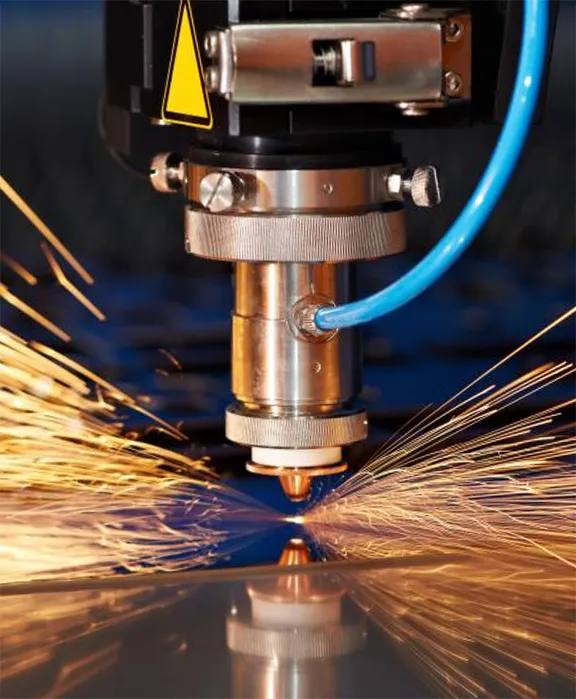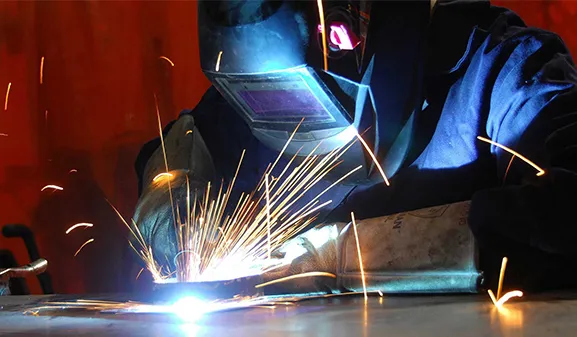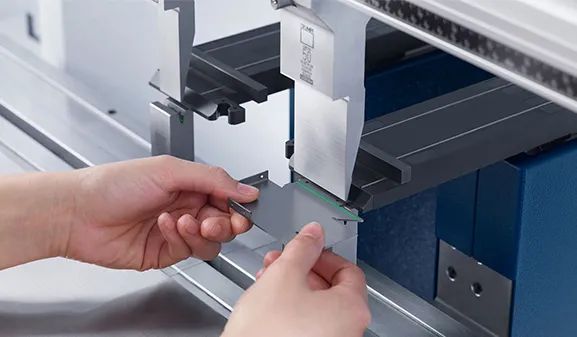中文
ENGLISH
中文
ENGLISH
What is Laser Cutting?
Laser cutting is a technology that uses a laser to vaporize materials, resulting in a cut edge,it commonly used in industrial manufacturing applications,schools, small businesses, construction, and hobbyists.

How does Laser Cutting work?
A laser cutter is a type of CNC (Computer Numerical Controlled) machine, meaning that it is controlled via a computer. A designer can design something in some sort of design software, and then send it to a laser cutter to have it cut out automatically, with just the push of a button. Once a design is sent to a laser cutter, the machine uses a laser beam to cut into or etch into the material on the cutting bed.The focused laser beam burns, melts, vaporises or is blown away by a jet of gas to leave a high-quality surface finished edge.

The types of laser cutting
There are three main types of lasers used in laser cutters; CO2 lasers, fiber lasers, and neodymium lasers. Although the laser cutters are all built very similarly, they are distinct in that each type of laser has a specific power range, thus each can be used to cut through different material types and thicknesses.
1. CO2 Lasers: The laser is generated from electrically stimulated gas mixtures (mostly comprising of carbon dioxide). CO2 lasers are the most common types of laser cutters because they are low power, relatively inexpensive, efficient, and can both cut through and raster a wide variety of materials.It mianly used in wood, paper based products, leather,acrylic, glass, some plastics, and some foams
2. Neodymium Lasers: The laser is formed from neodymium doped crystals. These lasers have a much smaller wavelength than CO2 lasers, meaning they have a much higher intensity, and can thus cut through much thicker, stronger materials. It mainly used in metals, plastics, and some ceramics
3. Fiber Lasers: These lasers are made from a "seed laser", and then amplified via special glass fibers. The lasers have an intensity and wavelength similar to that of the neodymium lasers, but because of the way they are built, they require less maintenance. These are mostly used for laser marking processes.
Other Sheet metal Service

Stainless steel
Grade 304 is the most common of the three grades. It offers good corrosion resistance while maintaining formability and weldability.
Grade 316 possesses more corrosion resistance and strength at elevated temperatures than 304. It is commonly used for pumps, valves, chemical equipment, and marine applications

Brass
Brass is an alloy of copper, which is widely used as a sheet metal. It has more strength, corrosion resistance and formability when compared to copper while retaining its conductivity.
FAQ
1.How to deal with surface treatment problems?
Sample color identification and dispensing ensure batch color consistency, strengthen manual inspection, avoid the defective products.
2.What is the best pre-treatment for prepping Aluminium castings?
Sandblasting Aluminium castings prior to finish is most common. E-coating would be a great economical operation. Chemical film is another treatment. It acts as an excellent primer for wet coat finishes on Aluminium.
3.How surface finishing works?
Almost all surface finishing processes improve either the aesthetic appearance of the product or its mechanical or chemical properties. Each surface finishing process achieves this in a slightly different way.
4.How much material is removed during the Sandblasting process?
During the Sandblasting process, the surface of a part is peened off, no part material is removed or lost at all. This process is typically used to soften parting lines or eliminate any sharp edges that could impact your line workers in the assembly process. It can also be used to give a uniform finish.
5.What the benefits of surface finishes?
Improve the appearance of your finished products, Improve resistance to wear and tear, Ensure good adhesion of paint, Meet your brand requirements...


